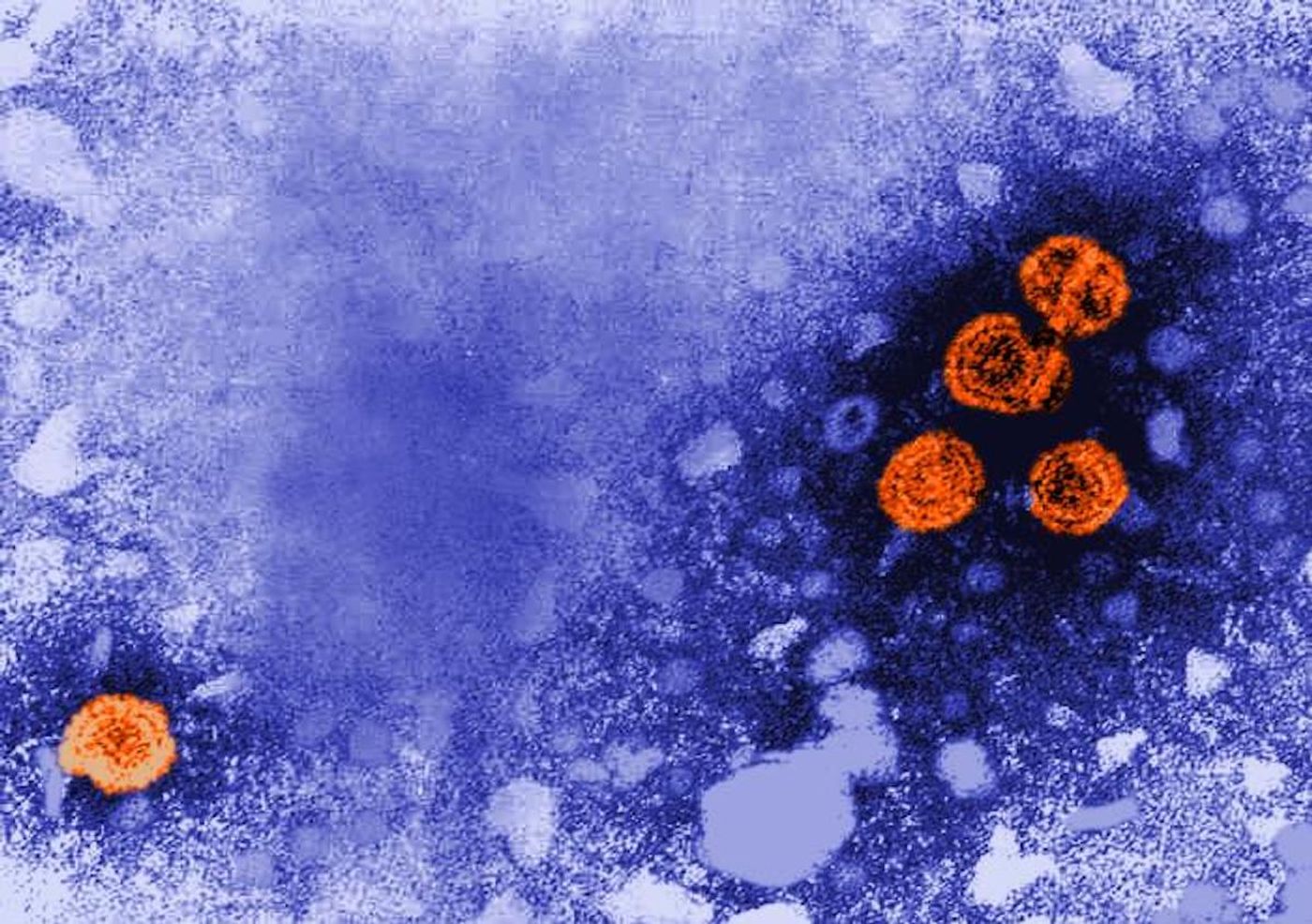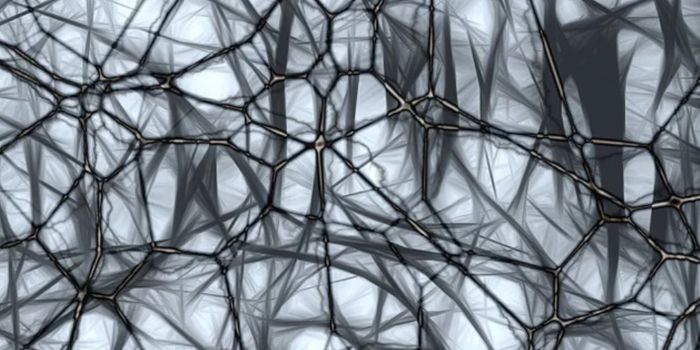The World Health Organization has estimated that there are almost 300 million people with chronic hepatitis B infections, and there are around 1.5 million new infections each year. Hepatitis B leads to the deaths of about 820,000 people every year, primarily from cirrhosis and primary liver cancer, also known as hepatocellular carcinoma. The disease is caused by the hepatitis B virus (HBV), which can be transmitted through body fluids, and moves to attack liver cells once in the body. Although the disease is preventable with a vaccine, there are no treatments for patients once they are infected.
Researchers have now revealed crucial details about an important antiviral protein complex that is triggered by HBV infection in the human body. This work, which has been reported in Nature Structural & Molecular Biology, could help scientists develop new treatments for the HBV infection.
Previous work by Michel Strubin, an associate professor at the University of Geneva (UNIGE) and colleagues showed that when our immune system launches an attack against hepatitis B, a complex made up of six proteins, called SMC 5/6 moves to block the viral DNA in our cells. But the virus counterattacks by generating what's known as the X protein, which can degrade the SMC5/6 complex so it's no longer effective.
Now, Strain's team has found the mechanism behind SMC5/6, and what proteins it uses to perform its antiviral function.
First, one protein in the SMC5/6 complex identifies viral DNA, and then traps it. Next, another protein in the complex, called SLF2, moves that trapped viral DNA to a subcompartment called the PML body in the infected cell's nucleus. Finally, a third protein called Nse2 begins to inhibit the viral genome, explained first study author Fabien Abdul, a senior research and teaching assistant at UNIGE.
SMC represents a family of different protein complexes, so the researchers wondered if other SMC family members can bind to hepatitis B DNA. But they found that this effect is "unique to SMC5/6," said Abdul.
In this study, the researchers used a cell culture model of infection, and CRISPR/Cas9 to systematically delete or alter genes that encoded for various parts of SMC5/6. This helped the researchers learn more about what each protein in the complex was doing, explained senior study author Strubin.
Now, scientists can use this data to learn more about the role of SMC5/6, and how the virus and cell behave once the viral DNA is sequestered in the nuclear subcompartment. There is also more to learn about the antiviral impact of the X protein.
Sources: University of Geneva, Nature Structural & Molecular Biology









